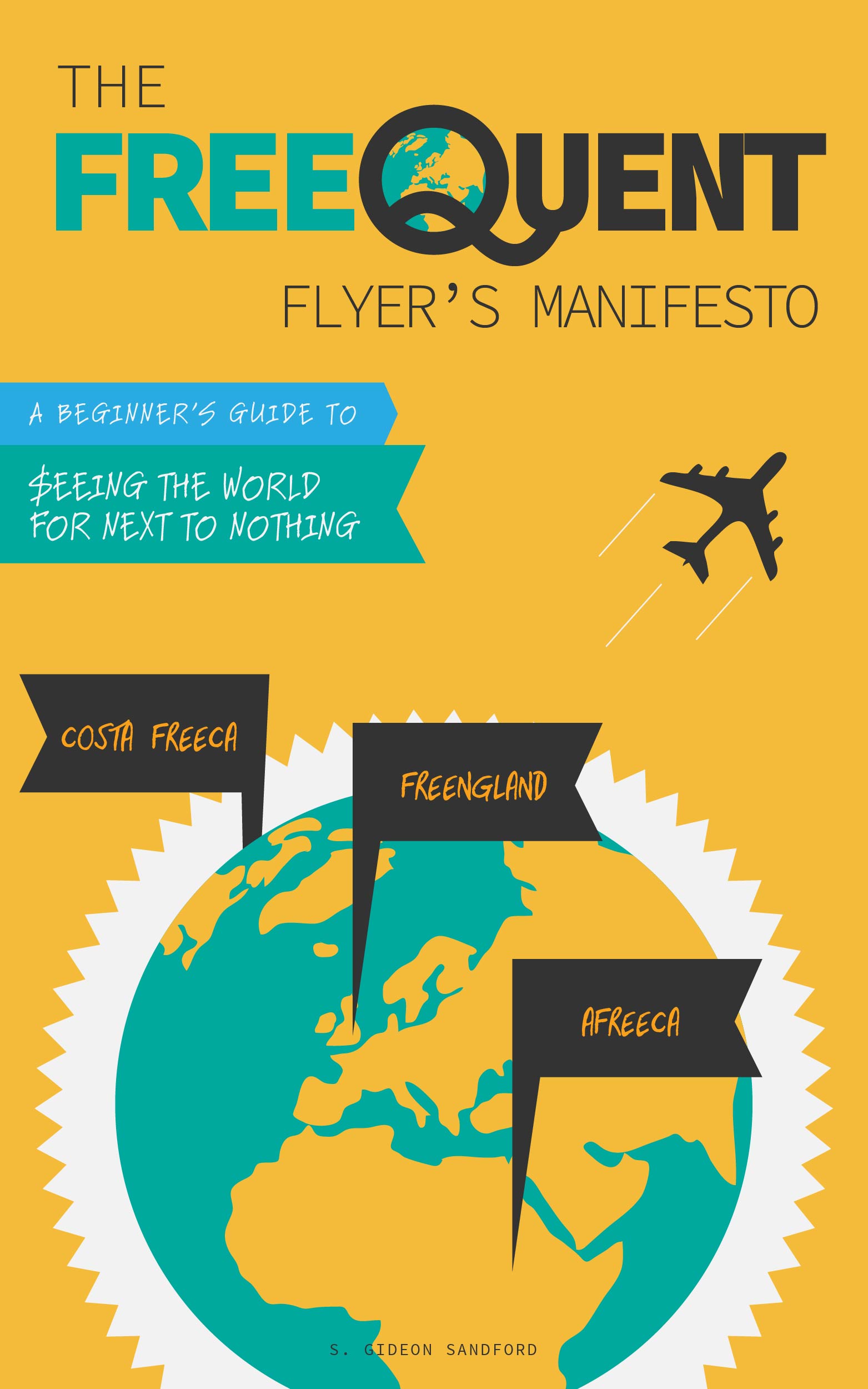(Accidentally) hacking Pointshound
/I wrote about Pointshound once before, when I booked my terrible, Soviet-era business hotel in Prague through them back in March. Since then, the site has improved considerably, especially with the introduction of "Double Up." Essentially, at some major chain hotels in some major US cities, you can earn airline miles through Pointshound and earn hotel loyalty points and elite night and stay credits. These stays should be eligible for quarterly/seasonal promotions as well.
When "Double Up" rewards are available, you'll see a small icon next to eligible hotels in your search results:
Before I get any further, let me throw some links out there. A lot of bloggers have been posting their reactions to Pointshound and signup links that offer various bonuses, so to get a full range of reactions, some bought and paid for, others not, check out these posts:
Mommy Points (500 miles with first reservation, Level 2 for 60 days)
View from the Wing (Level 2 for 60 days and 500 miles with first reservation; see comments in this post for a good comment war)
New Girl in the Air (I assume 250 miles with first reservation)
The Wandering Aramean (Level 2 and 250 miles with first reservation)
Free-quent Flyer (just 250 miles, as far as I know, with first reservation)
With that out of the way, let me get to the point of this post. I was using Pointshound to survey some hotel availability for a family reunion over Labor Day weekend, when I saw that there was "Double Up" availability at a Towneplace Suites I was considering in Indianapolis. I had already booked a bloc of rooms directly through Marriott, but Pointshound had the same rates, and would let me earn 1,200 United miles per room (700 base miles and a 500-mile June booking bonus), in addition to Marriott elite nights (which I don't need) and Marriott Rewards points (which I can always find a use for).
The thing is, Pointshound only allows you to book one room at a time . Which, ironically, is how I discovered that your "Level" with Pointshound is determined by the number of nights you've reserved through them, not the number of nights you've stayed through them. I accidentally bumped myself from "Level 1" to "Level 2" with my first reservation. Naturally, I then booked several more, and meanwhile canceled my first, "Level 1," reservation.
What it Means
Since Pointshound offers refundable reservations, and some properties only charge your card when you check-in, you can achieve Level 3 with Pointshound instantly by making a long, refundable reservation in the distant future. Then make the reservations you intend to keep with your new, more lucrative, Level 3 staus.
Here's what you need to know:
- Normal reservations made through Pointshound are charged to your credit card immediately.
- You'll need to make a refundable, "Double Up" reservation, which is billed by the hotel directly. Experiment to find a hotel that doesn't charge your credit card until you check in. Otherwise you'll need to pay off your card to ensure you don't pay interest on the cost of your "fake" reservation.
- Pointshound may be having a problem with their Double Up server at the moment: while researching this post I couldn't find any Double Up availability at any properties on any dates in any of the cities I checked. Hopefully this problem will be resolved soon (it may be fixed already by the time you read this).
- Most importantly, remember to cancel your fake reservation within the property's free cancellation period! Otherwise you'll be charged anywhere from the cost of one night to the cost of your entire stay.
As a reminder, here are the nights required and mileage earning rates associated with each Pointshound "Level:"
Since I'm the first person to break the news of this hack, I'm looking forward to seeing it appear soon on Million Mile Secrets. Place bets in comments on how long it'll take Darius to copy this post word-for-word...


